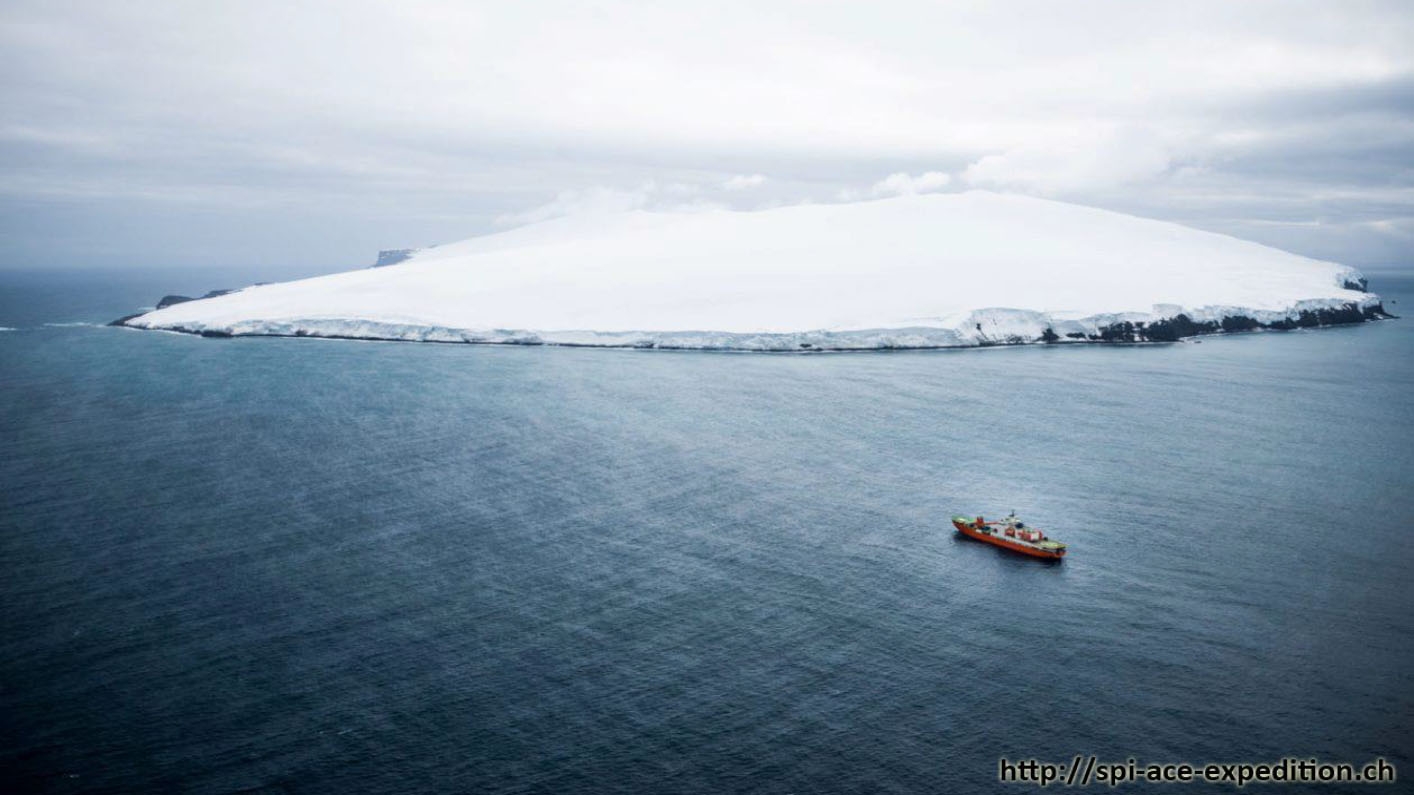

The worsening weather only gave the expedition a mere 45 minutes on the island, but none of the exploration team found any sign of human activity- no bodies, no evidence of fires, camp sites, shelters, no grave markers, flags, notes, logs, equipment, etc. In 1964, another expedition to the island, the scientists found a rather intriguing find- a small lagoon filled with seals and a 20ft wooden Rowboat, one pair of oars, a 44gallon wooden barrel, and a copper floatation tank that had been hammered flat for some reason. Sometime between 19, the small eruption/rock slide vented lava into the sea, flattening the north east corner of the island just enough to make a suitable landing area, called Nyroysa. The flag and hut from the year before were completely destroyed by the weather. A second group of Norwegians visited the next year with the intention of setting up a weather station, but could not find a suitable location. A landing on the island, even after the event, is still incredibly difficult on even the nicest, clearest, calmest of summer days.Ī group of Norwegians were the first to make landfall in 1927 and hoist a flag and set up a small hut, thanks to ideal conditions (or as close as one could get to ideal at Bouvet Island), on a small cape the northeastern side. A later small volcanic event during 1955-1964 would eventually flatten out a shore to make exploration of the island possibly. Many of the initial explorations could not find a place to land because of the steep cliffs. The harsh nature of the island has made it very difficult to explore.

While Bouvet Island is completely devoid of vegetation, with the only non-ice covered areas being rocky soil or more sheer cliffs, the island has been home to several fungi, lichens, earred and elephant seals, as well as penguins and seabirds. The island experiences 300 days a year of horrible stormy weather, including hurricane force winds, monster waves, and is surrounded by pack ice in the winter. The last major eruption was in 2000bc, leaving a shallow lagoon in the center of the island (that can melt during summer months. There's more: The area maintains a year round temperature of about zero degrees Fahrenheit, though the soil can reach the 60s 12 inches down, thanks to the slightly active volcano that formed the island. More explorers sought the island, but early expeditions could not safely land on the island because it didn't possess any sort of natural Harbour/shore. It was first discovered in 1739, but because of a lack of reference points, it wasn't charted correctly on maps until much later.

So what's the big deal? Why was a Rowboat on a remote island all that interesting? Well, Bouvet Island 93% covered in glacial ice, which looms in sheer icy cliffs, some peaks reaching over 1500ft tall, against the southern sea. The closest landmass is an uninhabited shore of Antarctica, yet a mysterious Rowboat was discovered in the island's interior lagoon. In fact, there are over 3 millions square miles of open deep ocean (up to 7900ft deep) encircling the island.

You could travel over 1000 miles in any direction from the island, and not hit land. The little island, about 3 miles wide and 5 miles long, is a volcanic island between Antarctica and the tip of Africa. I think my dislike (or fear of) bodies of water has sparked a morbid curiosity that I can research without ever having to actually get my feet wet!īouvet Island is the most remote island in the entire wold. Just as a preface- I have no experience in sailing or boating, heck I don't even like to swim, so I may not have all the exact maritime lingo down. I have been researching a bunch of maritime disasters, conspiracies, crimes, and mysteries lately, and figured you all might enjoy one of the non-crime related stories. I'm a long time lurker and commentor, but wanted to contribute in a post. I've decided to jump in feet first and post my very first write up here in our sub. The possibly/partly resolved mystery of the Rowboat at the End of the World.


 0 kommentar(er)
0 kommentar(er)
